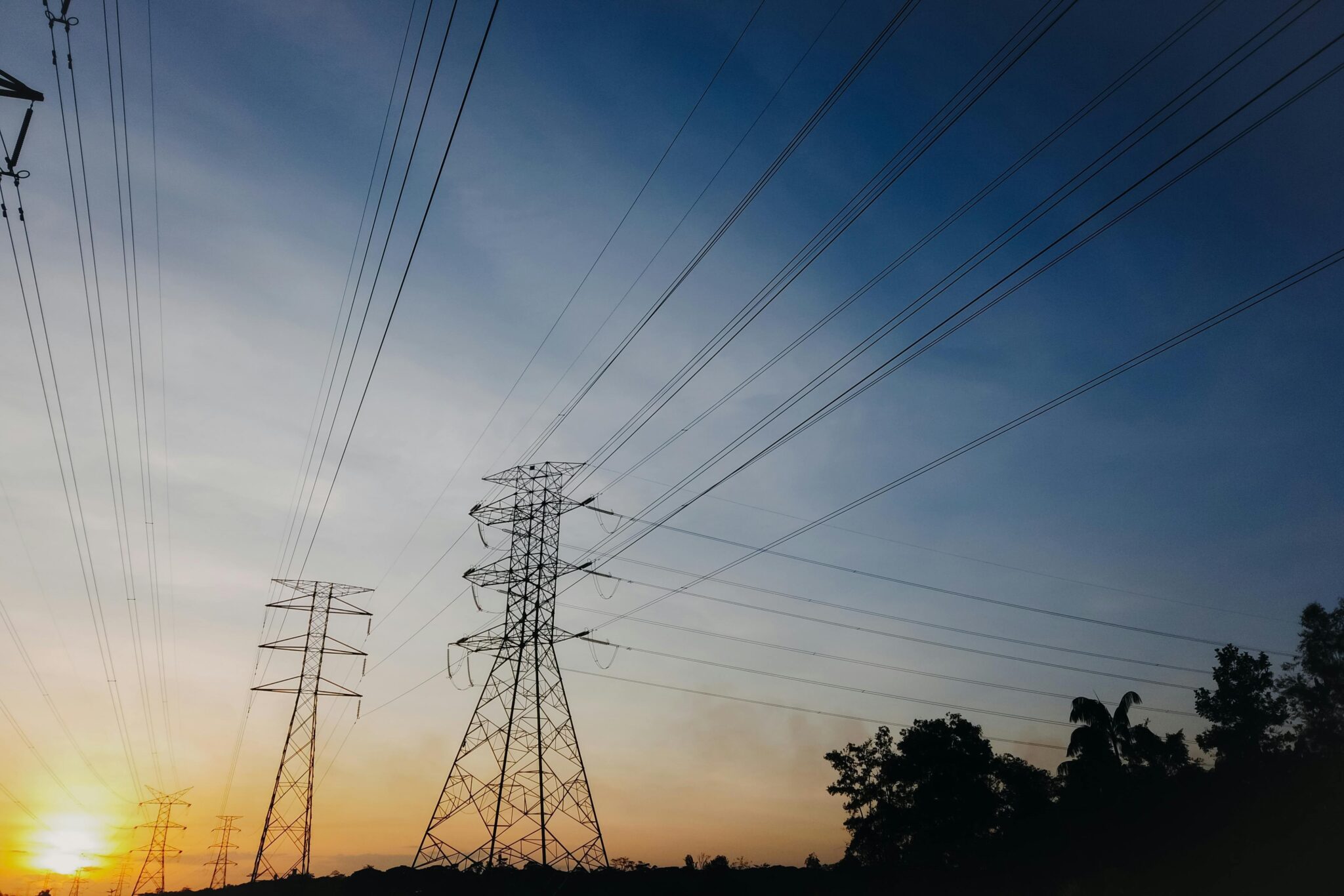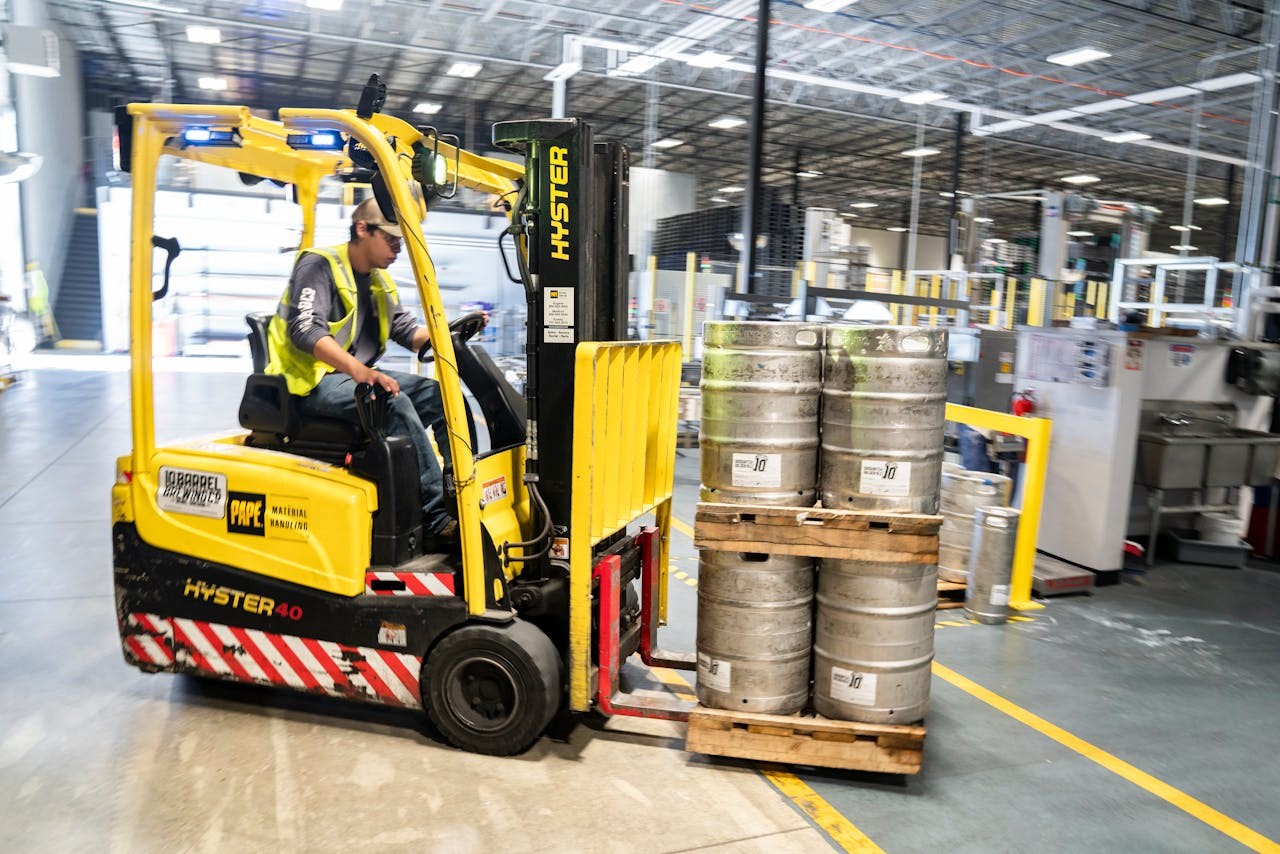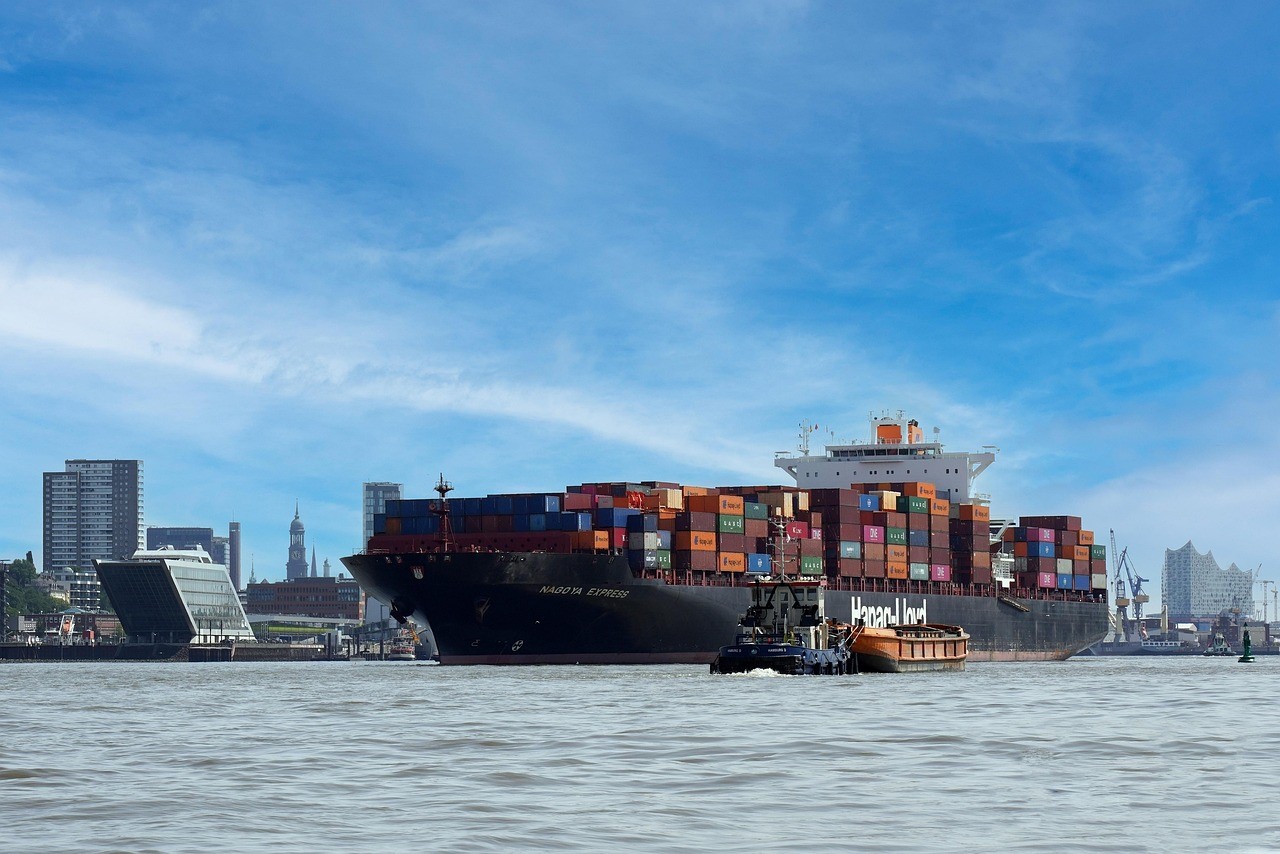
Businesses are at different stages of their sustainability journey. Some of them have progressed far ahead, waving the flag of corporate responsibility, while others have just taken their first steps on a fascinating journey towards developing the sustainability of their operations. Despite the state of their corporate responsibility, there is quite little variance in companies’ processes for creating and updating their strategy.
In order to keep the development of sustainability on course, in other words in the core of the business, paying attention to corporate responsibility in the different stages of the strategy process is essential for all businesses.
I previously discussed how measuring sustainability is an essential step in the various stages of strategic business planning and monitoring the realisation. I would now like to specify the significance of sustainability data, also known as ESG (Environmental, Social and Governance) data, in assessing the current state of a company’s business operations.
Shared understanding as a prerequisite
Does your company have a shared understanding of the point in journey they have reached in terms of the sustainability of their operations? Are you taking your first steps, accelerating, at a crossroads, climbing a challenging slope or about to hit a snag?
It is important to investigate these matters as creating a shared understanding is the first step in creating a strategy. The company must first have a shared understanding of the current situation, the challenges and the opportunities. Only then is it possible to define the goals to work towards, together.
How to reach a shared understanding? Creating a shared understanding must be based on facts, in other words data. Carrying out background research, assessing the strengths and weaknesses of the company, analysing the field of competition and the operational environment and identifying opportunities. Verbal and numerical data is collected from different parts of the organisation as well as stakeholders to analyse the current state of the company.
More and more companies have closely integrated sustainability with their vision and long-term goals. In that case, measuring sustainability and sustainability is particularly necessary in assessing the current state of the company. These days, however, each company must be aware of its current state in terms of sustainability. Reliable sustainability data plays a critical role when updating the company’s shared understanding of the starting point from which the company begins its journey towards a more sustainable future.
What you aren’t aware of can’t be increased or decreased
In order to increase its use of recycled raw materials or decrease greenhouse gas emissions, the company needs to know its current state and starting point. The company should have data available on the procurement volumes of recycled materials and their share of the total amount of procured materials. That means, what you do not know or will not measure cannot be increased or decreased.
According to the principles of corporate responsibility, businesses must identify and assess the most essential affects of their operations on the surrounding society and environment, in other words be aware of their environmental and social impact.
This is no easy task. Partially due to the challenging nature of the task, all of the essential impacts may not have been previously analysed in the company. Another challenge is to acquire data that describes the impact at a sufficient level. Companies also often tend to start with the impact on which data is readily available or the process to collect the data is relatively easy to implement. However, as the journey towards sustainability progresses and the company strives to set ambitious visions and strategic goals taking sustainability into account, it is important to precisely delve into the essential and material impacts of the operations.
This means that work needs to be done in order to acquire data that describes the current state of sustainability. The company must find new sources of sustainability data or create new types of sustainability data through calculations and specifications.
Long-term work is required to analyse the current state
Companies are announcing their goals for reducing emissions or communicating their work towards carbon-neutral business operations at an accelerating rate. The prerequisite for this is the assessment of direct and indirect emissions (Scope 1 and Scope 2 emissions in line with the GHG Protocol) caused by the operations. Defining the sources of emissions created by the entire value chain (Scope 3 emissions) is a more challenging task, but without identifying the key sources of emissions and reducing the amount of emissions, it is impossible to comprehensively reduce the emissions caused by the operations.
The task is challenging but possible, as long as there is the will to take that extra step.
There are many examples set by forerunners and trailblazers. Hundreds of Finnish dairy farms have published their goals of reducing their carbon footprint. The publication of the goal was preceded by Arla’s first ever analysis on the carbon footprint of dairy producers.
As another example, I would like to highlight HKScan’s extensive analysis of the current state of their environmental impact. HKScan reported that they had calculated the environmental footprint of broiler. In addition to HKScan, the project coordinated by the Natural Resources Institute Finland (Luke) is joined by various food industry companies and organisations. The purpose of the project is to create a consistent, scientific model for calculating the environmental footprint of foodstuffs that companies can use in analysing their environmental impact and current state.
In accordance with the examples above, companies have carried out extensive work to define and analyse the starting point, often in cooperation with other operators.
Can’t go without?
At this point, there is a question I hope you’ll ask yourself. Can a strategy process be initiated and the current state of a company analysed without using reliable sustainability data? The amount of data available depends on the stage of the sustainability journey. What is important is to take decisive steps and systematically develop the quality of sustainability data and the utilisation of data in the early stages of strategy processes.
***
If the data describing sustainability of the business is scattered all around your organisation and compiling a comprehensive update of the state of sustainability seems impossible, contact us! We offer a cloud-based software solution that enables your company to use sustainability data as effectively as possible as a natural part of your strategy processes.


































